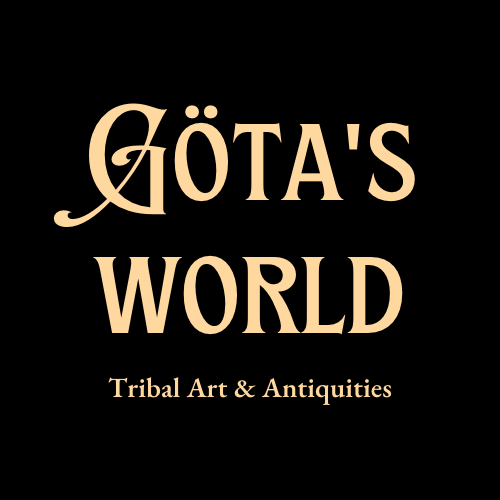Bura Phallic Terracotta Funerary Figure Fragment
Bura Phallic Terracotta Funerary Figure Fragment
Couldn't load pickup availability
The Bura Asinda-Sikka culture, c. 200-1200AD, Niger or Burkina Faso, West Africa.
This mesmerizing and unusual ancient terracotta fragment, dating from 200-1200 AD, is a striking example of the Bura Asinda-Sikka culture of West Africa. Crafted in a tubular, phallomorphic form, this artifact reflects the enigmatic artistic and ritualistic traditions of one of the Sahel’s most mysterious early civilizations.
The Bura culture, centered in the lower Niger River valley of present-day Niger and Burkina Faso, was first brought to light in 1975 with the accidental discovery of the Bura-Asinda-Sikka necropolis near Niamey, Niger. Excavations in the early 1980s revealed a civilization that flourished between the 3rd and 13th centuries AD, leaving behind an array of distinctive terracotta funerary art.
Bura artisans are renowned for their tubular and ovoid anthropomorphic urns, round or semi-ovoid vessels, and sculptural forms often adorned with mounted horsemen, standing figures, or stylized heads. These ceremonial urns, frequently buried upside down, contained human skulls, iron arrowheads, textiles, and ritual offerings, underscoring the spiritual depth of Bura funerary practices. Some pieces, like this one, incorporate phallic or fertility motifs, likely symbolizing ancestral reverence or ritual significance.
A rare and evocative artifact, this terracotta fragment offers a fascinating glimpse into West Africa’s ancient artistic heritage. An extraordinary addition for collectors, scholars, or institutions dedicated to African antiquities.
Good condition. Age-related wear, chips and scratches on surface. Rich encrusted patina. Size approx. 22,2cm x 5,5cm x 3,7cm.
Provenance: Dutch private collection
References and further reading:
Bura Funerary Urns: Niger Terracottas: An Interpretive Limbo?, Michelle Gilbert, African Arts, The MIT Press, Vol. 53, No.1, Spring 2020, pp. 66-75.
Earth and Ore: 2500 Years of African Art in Terra-cotta and Metal, Karl-Ferdinand Schädler, Panterra, January 1, 1997.
Un "Village des Morts" à Bura en Republique du Niger', Boube Gado, in J. Devisse (ed.), Vallées du Niger, Paris: Réunion des Musées Nationaux, 1993, pp. 365-74.
One Hundred Years of Archaeology in Niger, Anne C. Haour, Journal of World Prehistory, Vol.17. No.2, June 2003, pp. 181-234.
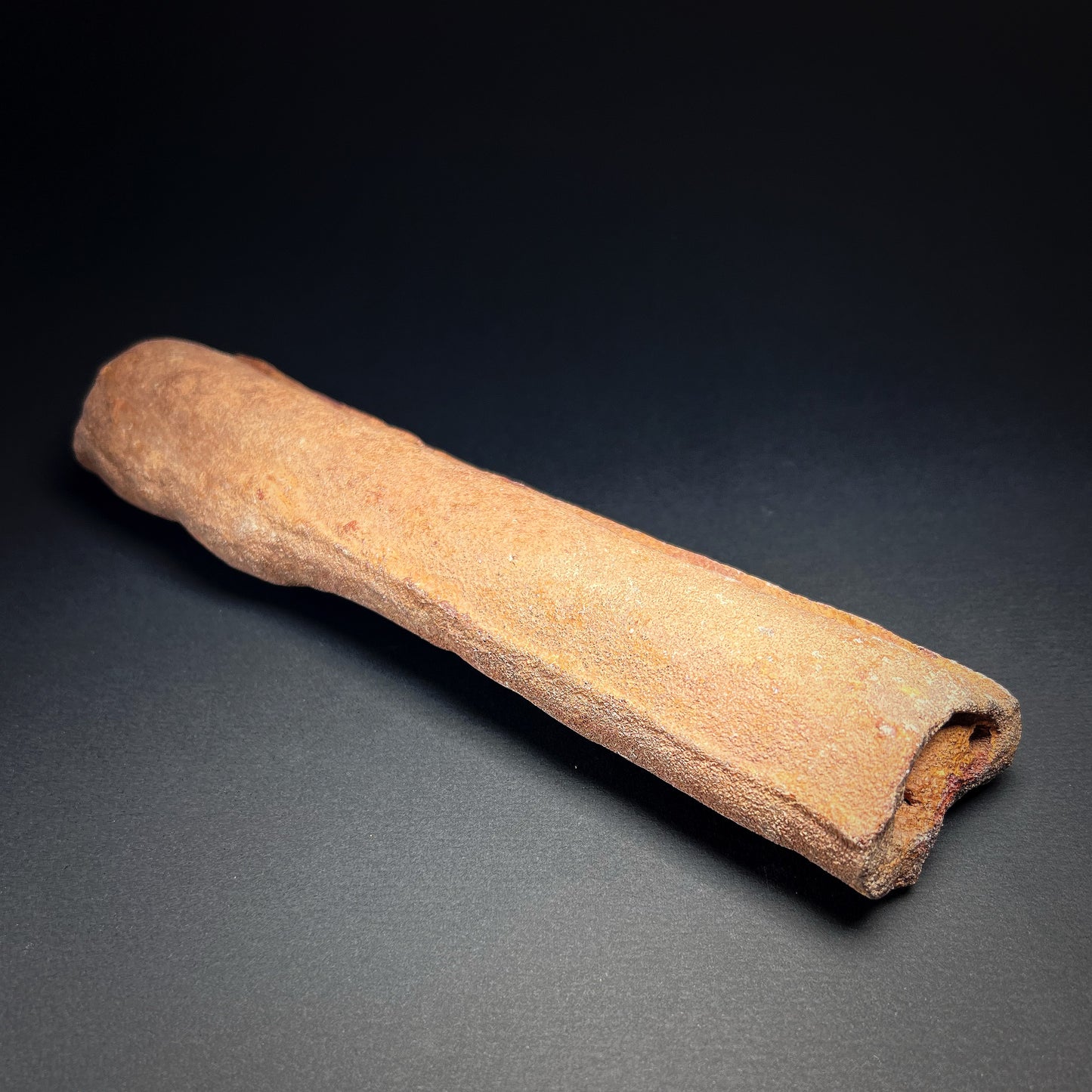
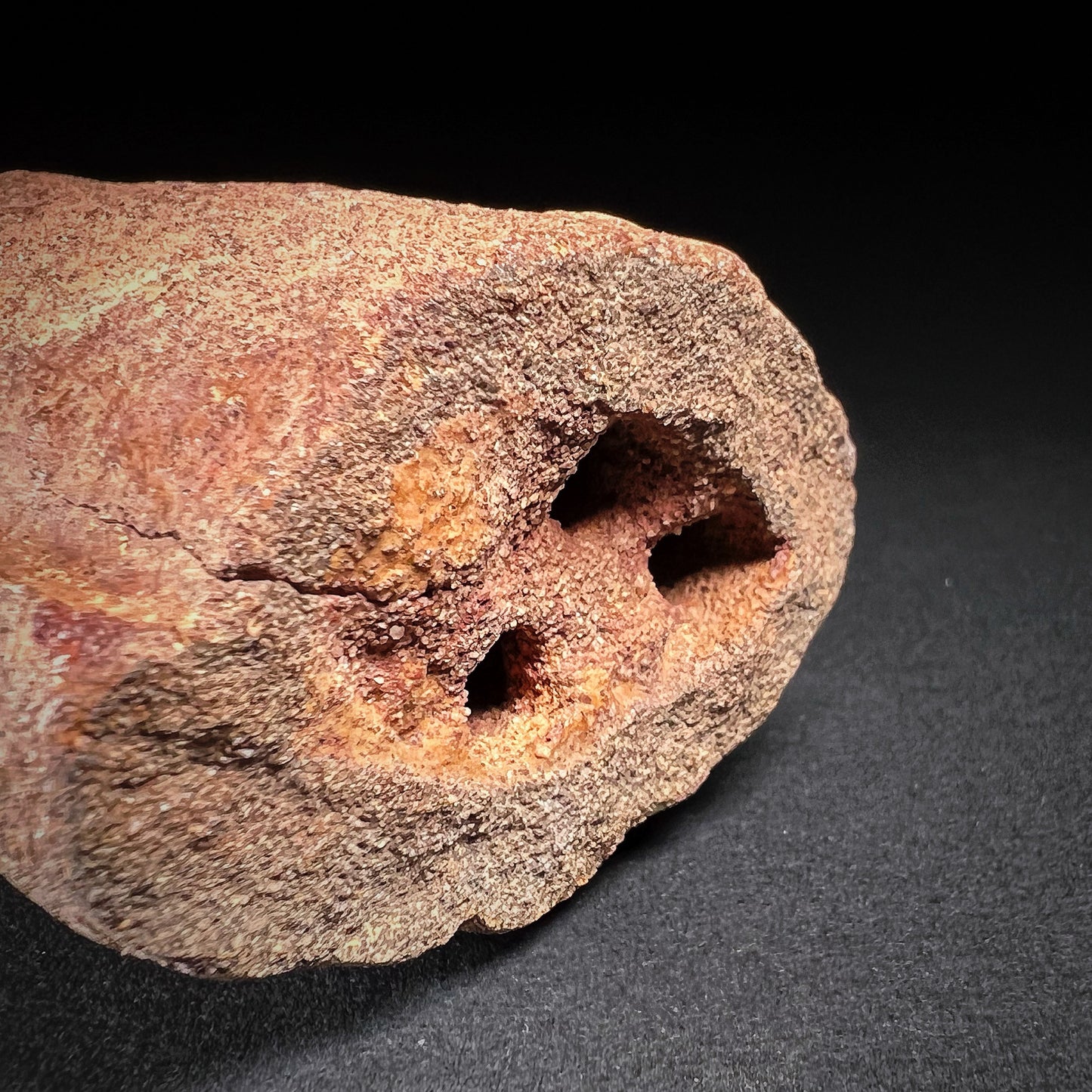
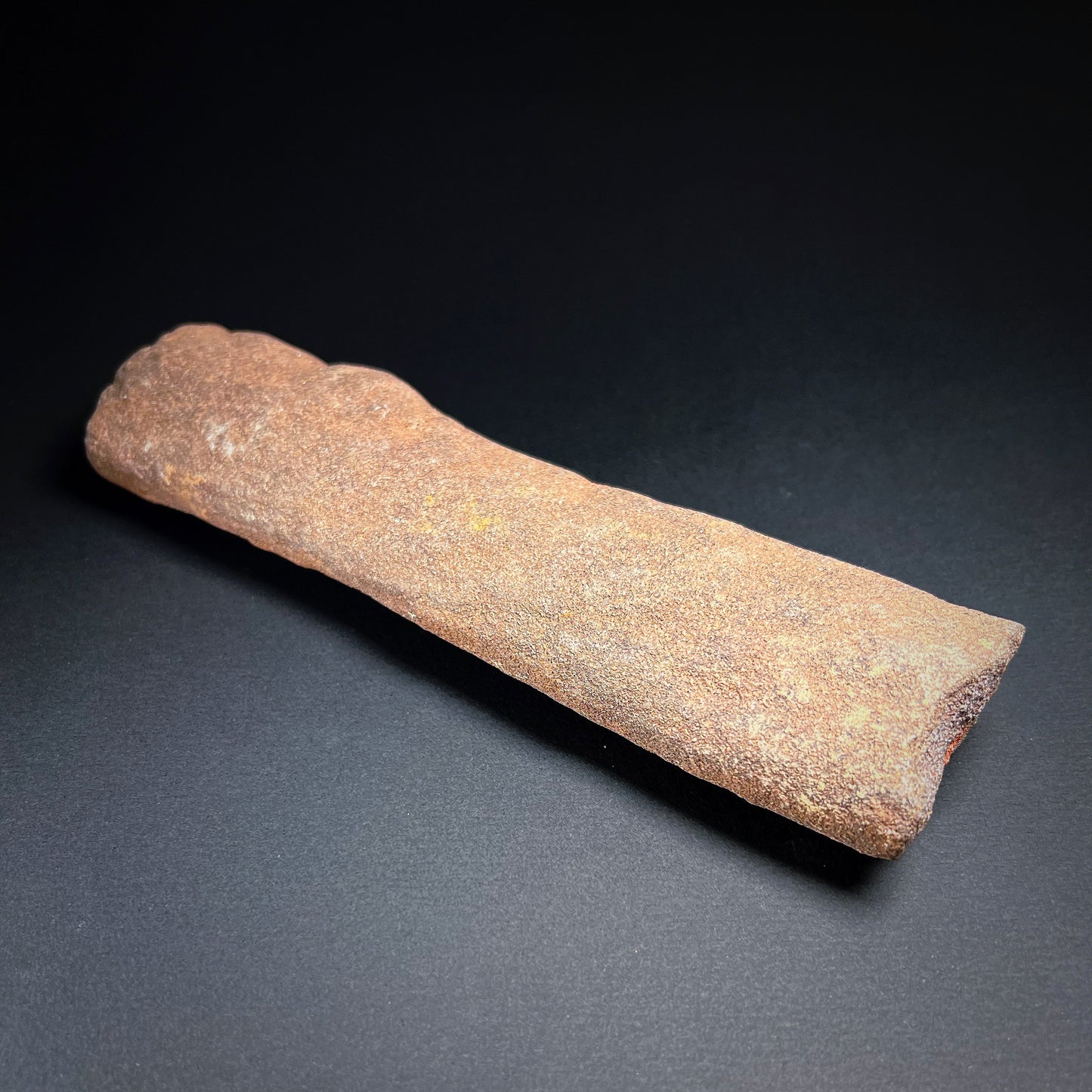
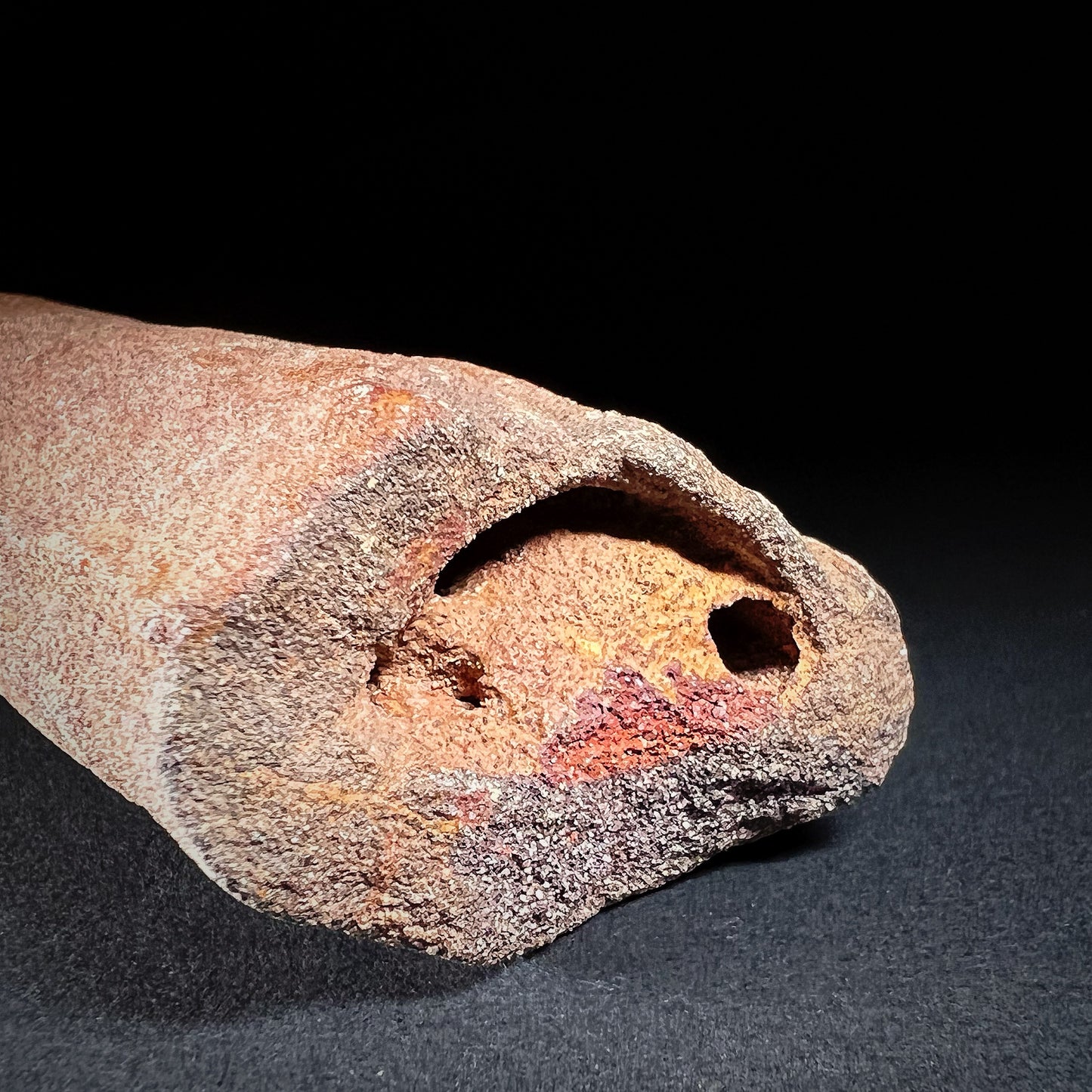
-
Shipping
The shipment will be prepared in the course of 3-5 days and dispatched via Posti Group Oyj or purchased item(s) can be picked up from our shop during the store's opening hours (Tarkk’ampujankatu 4, 00140, Helsinki, Finland). Within the Finland, all items are shipped via Posti Group Oyj unless otherwise requested. We pack the items carefully and mainly in recycled materials because we want to save nature. You will receive the tracking number for your items by e-mail.
-
Returns
Returns and exchange will be accepted within fourteen days (14) of receipt at the purchaser’s cost to include freight and packaging. Items must be returned in the same condition as when they were shipped, and will not be accepted if damaged or altered in any way. Please inform us via email (info@gotanmaailma.fi) or by calling +358408408352 before sending. We do not accept returns more than 14 days after delivery.
